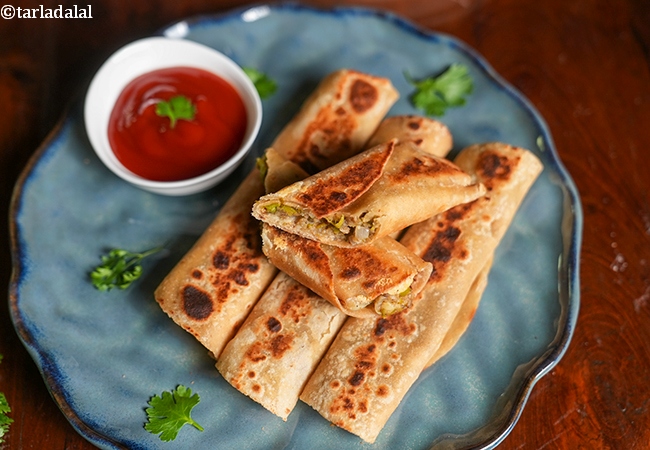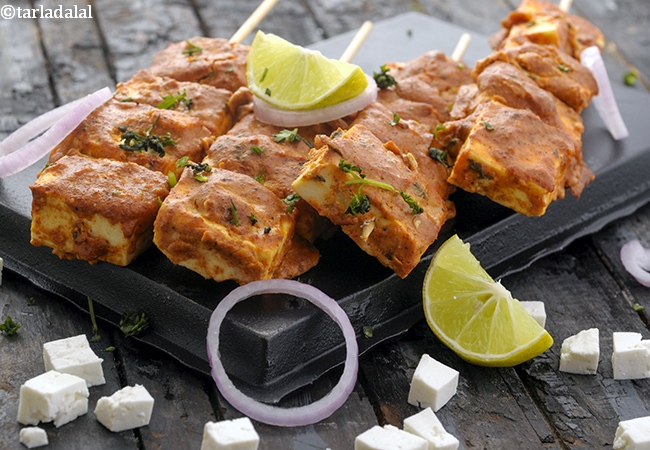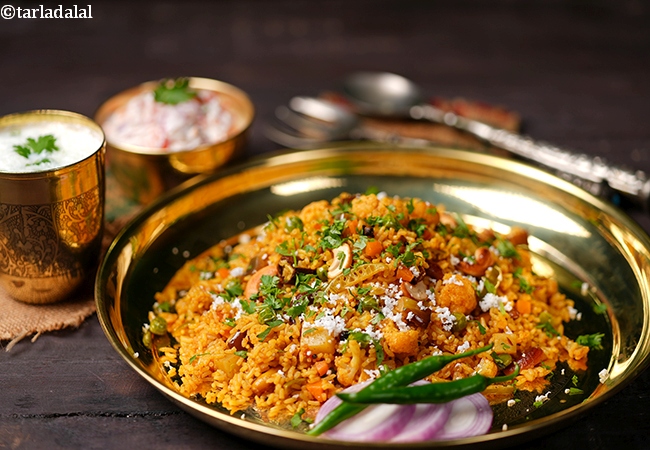Ginger paste is a staple ingredient in Indian cuisine for several reasons:
Flavor:
- Warmth and Pungency: Ginger adds a distinct zing and warmth to dishes, complementing other spices like chilies and turmeric. It balances sweetness and richness, preventing them from becoming overwhelming.
- Depth and Complexity: Ginger paste infuses a base layer of complexity and depth to the flavor profile. The oils released during blending unlock its aromatic qualities, enriching the overall taste.
- Aroma: Fresh ginger paste offers a much more potent and fragrant aroma compared to dry ginger powder. This elevates the sensory experience of the dish.
 chapati rolls stuffed with potatoes recipe | rotis stuffed with potatoes | phulka stuffed with green peas and potatoes |
chapati rolls stuffed with potatoes recipe | rotis stuffed with potatoes | phulka stuffed with green peas and potatoes |
Texture:
- Smoothness: Unlike grated ginger, paste blends seamlessly into sauces and gravies, creating a smooth and velvety texture. This enhances the mouthfeel and avoids a gritty texture.
- Even Distribution: Paste ensures even distribution of ginger flavor throughout the dish, eliminating pockets of intense pungency.
 paneer tikka in oven recipe | Punjabi paneer tikka in oven | paneer tikka |
paneer tikka in oven recipe | Punjabi paneer tikka in oven | paneer tikka |
Convenience:
- Time-Saving: Pre-made ginger paste saves preparation time, especially when handling large quantities. You can avoid peeling, grating, and mincing fresh ginger, streamlining the cooking process.
- Consistency: Using paste guarantees consistent flavor and aroma every time, regardless of variations in ginger quality or grating technique.
 masale bhat recipe | Maharashtrian masala bhat | Indian style masala rice |
masale bhat recipe | Maharashtrian masala bhat | Indian style masala rice |
Additional Benefits:
- Digestive Aid: Ginger is known to aid digestion, making it a beneficial ingredient in heavier dishes.
- Preservative: The oils in ginger paste act as a natural preservative, extending the shelf life of cooked dishes.
Overall, ginger paste plays a crucial role in building the foundation of flavor and adding complexity to Indian cuisine. Its convenience and consistency make it a valuable tool for home cooks and restaurants alike.